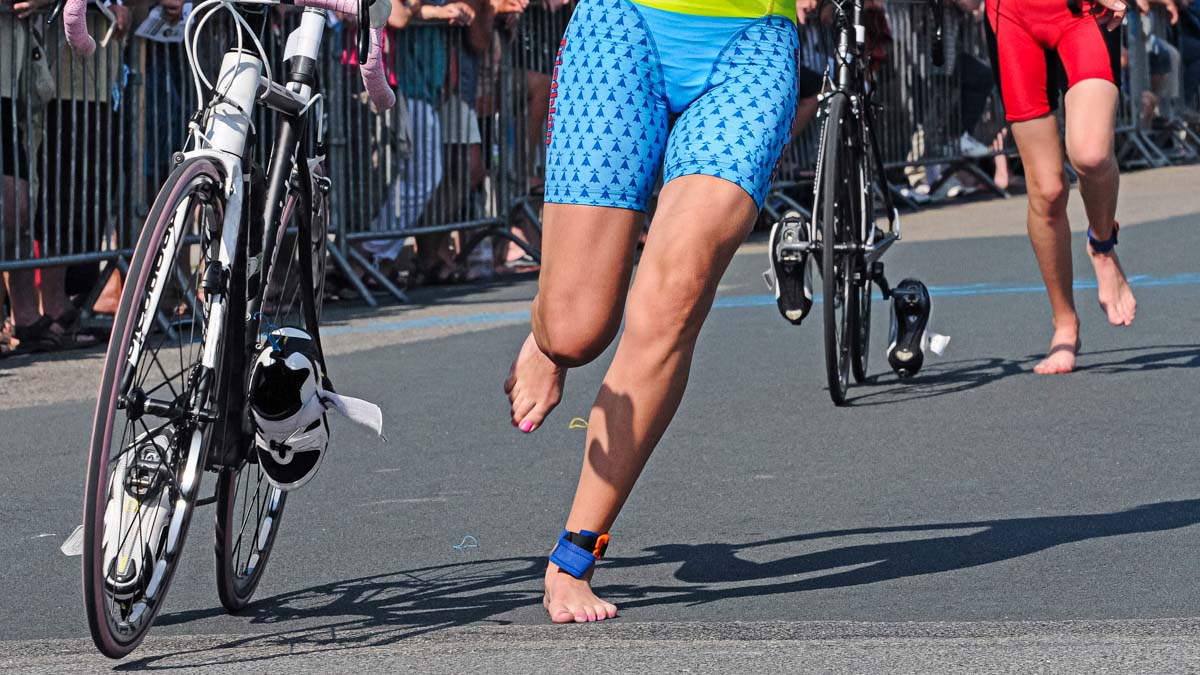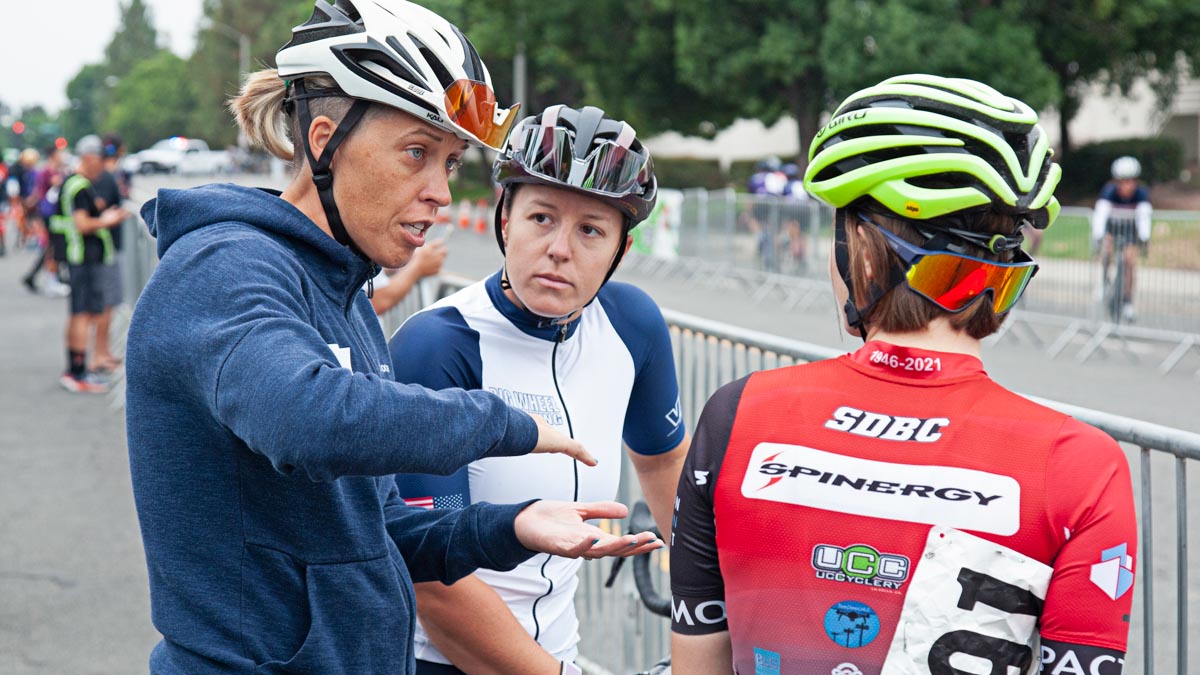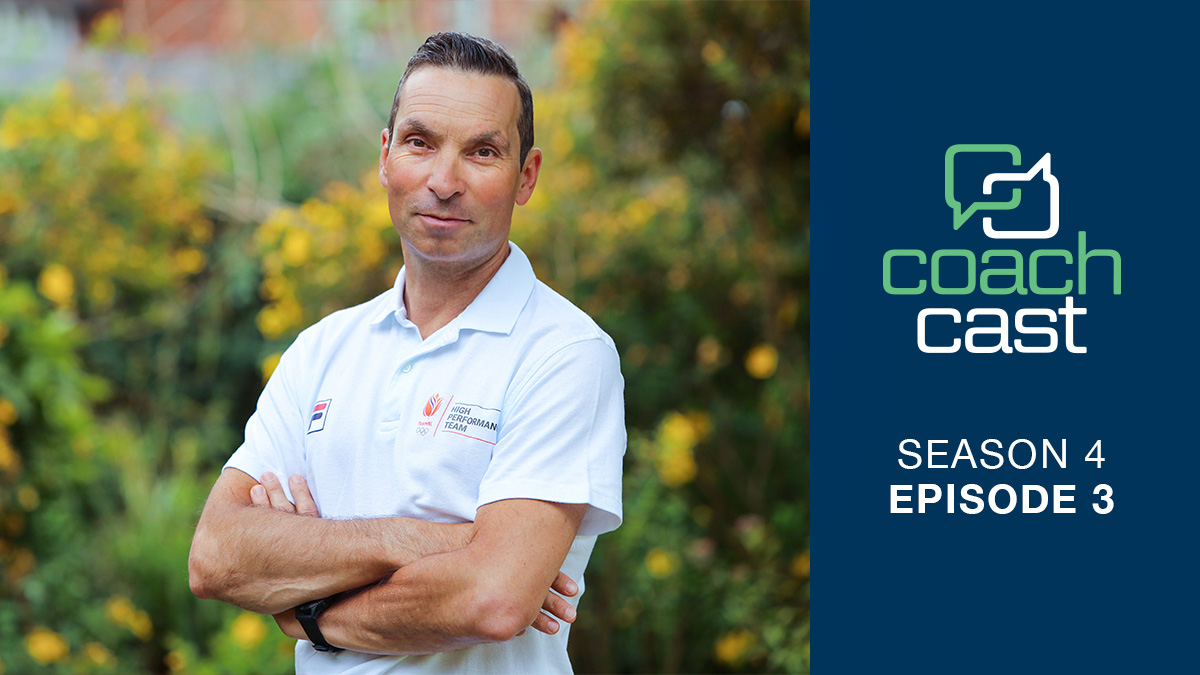Since October of last year, your athletes have likely spent the winter (in the Northern Hemisphere) in their pain cave, dutifully training on the bike for a goal event. Maybe they’ve gotten outside for some runs as often as the weather would allow, or pounded out the miles on the dreadmill.
Perhaps they’ve spent countless hours staring at the black line on the bottom of the pool, striving to improve technique and speed. Lastly, if you’re like a growing number of cyclist & triathlete coaches, you’ve probably advocated for them hitting up the weight room to improve strength.
Now, as we get into the meat of the season, with the hot days of summer meaning competitions, or here in 2020, passionate KOM/QOM/PR pursuits, you’re starting to dial in their training to get them to their best shape.
So, what would you do if you were the athlete, and your coach told you to completely stop swimming, riding and running for the four-to-six weeks leading up to your “peaking” time of year?
Hopefully, you would feel confused and start to question your coach’s methods. Here’s the kicker, many coaches advocate for the same protocol but swap in strength training for cardio.
So, how did we get to this point?
In nearly every sport, from baseball to soccer to basketball, coaches have shared the same reservations about strength training:
- You’ll get too bulky and won’t be able to move well.
- You’ll lose agility.
- You won’t be as fast.
Triathlon and cycling coaches take no exception to this mentality. It wasn’t until 2010 that riders and triathletes finally came around to strength training for performance and longevity.
However, while we’ve come to accept strength training as a necessity, many athletes, coaches and even personal trainers, fail to understand how to maintain strength training through heavy cardio blocks or races, as a means to maintain your power.
Let’s look at the two biggest pre-event strength training mistakes.
Mistake #1: Dropping strength completely
This should come as no surprise. Dropping strength in anticipation of a race means you reduce the metabolic, hormonal and neuromuscular changes which the resistance training originally elicits. As such, you’ll become slower, and see a drop-off in power production as well as negative changes to your posture.
Mistake #2: Switching to bodyweight only (TRX, Pilates, Yoga, etc.):
Bodyweight exercises certainly have their place in a strength training program, and in fact, you can see fantastic results when you execute a proper combination of movements paired with regular training. However, during the middle of the season, when the number of races starts to increase, bodyweight strength training will not suffice. This is because you’re looking to put out more power and more speed rather than maintain current strength and round out muscular imbalances.
Making sure your strength training is done properly.
If you’ve read any of my other articles on TrainingPeaks, you know that when I mention properly executing a workout, I usually am referring to posture, positions, breathing and technique. But in this case, we need to talk more broadly, about what a great workout does.
A great workout doesn’t take from your athletes, leaving them gasping for air or feeling extremely tired or sore for the rest of that day and a few more thereafter. As it pertains to strength training for cyclists and triathletes, we want moderate volume, maximum power or strength, with more than adequate rest. When done properly, they’ll leave the workout feeling better than when they came in, and able to smash their swim/bike/run workouts the rest of the week.
Now do it!
If they have not been consistently strength training, start off by working with two-to-three sets at an RPE of five, six or seven and aim for two-to-three days a week. Be sure to prescribe rest for three-to-five minutes between sets. I’ll cover what this rest should look like in a minute.
If they have been consistently strength training, include the use of heavier weights in the early-to-mid build time of the year. You’ll want to plan one-to-two days a week in the gym, for three-to-six sets of three-to-five repetitions of one-to-tw0 of the FUNdamental 5+1 movements I talk about in my Strength Training for Cycling Success, and Strength Training for Triathlon Success courses on Training Peaks University.
Resting between sets
In between sets, your athletes should rest!
Sit around. Doddle. Text. Watch silly cat movies on YouTube. Take up whittling. They need to do this so as to have maximum power and effort available for the work. This means the nervous system needs to relax and recharge. Our focus for these sessions is to get one-to-two exercises in.
In between exercises, they should engage in active rest.
In between the two different exercises, they should spend six-to-eight minutes of active recovery. This means doing some exercises that continue to build progress and help maintain joint balance.
Not sure what to do? Have them go back through their dynamic warm-up exercises 1x, as they should take them (ta-da!) six-to-eight minutes to do, and then head on to main exercise #2.
Conclusion
All said and done, your strength training session should take no more than 65 minutes from the time your athlete first steps inside the gym to the time both feet cross the threshold of the door on the way out. These 65-130 minutes a week, when done properly, will become pillars of their performance.
Strength training should never be a “nice to have, but first to go” when your program has been built intelligently for performance results. It is a lynchpin to better performances and helps you to balance out all the time your athletes spend conditioning.
If you’d like to learn more about how to build and execute an intelligently designed strength training program, I go into all the details in my first book, “The Vortex Method,” available on Amazon in paperback, or on Kindle.
Improving performance and strength comes through consistency over time, not huge, super challenging workouts. I spoke about this on my Strong Savvy Cyclists & Triathlete Podcast with Tony Gentilcore. Take a listen and learn why consistency, not soul-crushing workouts, are what will get you to where you want or need.









